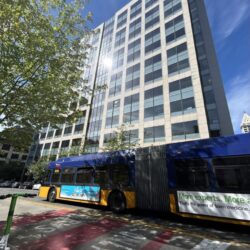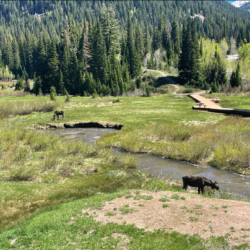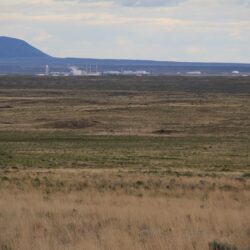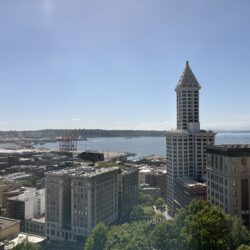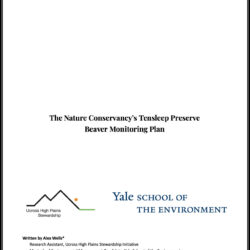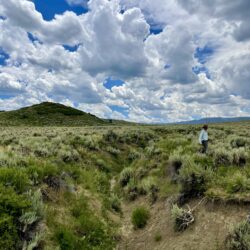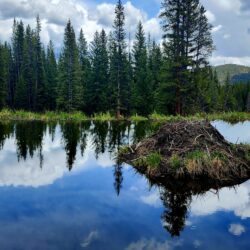Why Listening to River and Riparian Distress Calls Matter—Joshua Kesling
Before taking measurements during bustling recreation events—assessing plant height, counting species diversity, recording sound levels, reading water qualities, and comparing soil compaction images—it is crucial to read ecosystem distress calls through careful observation. I call this ‘read’ a qualitative query, which involves discernment and meaningful observation of natural surroundings. Ecosystem or ‘ecological distress signals’ occur Read more about Why Listening to River and Riparian Distress Calls Matter—Joshua Kesling[…]



